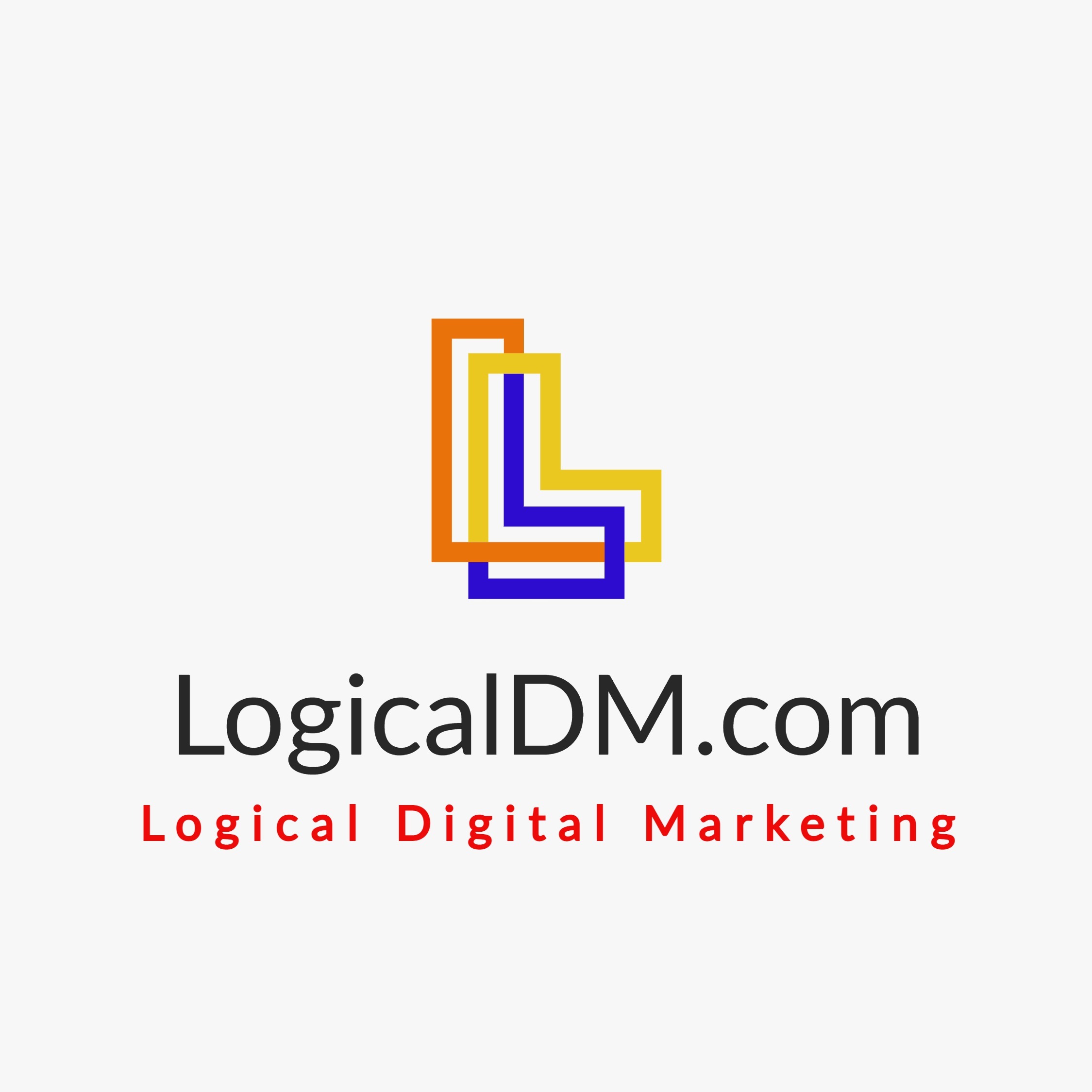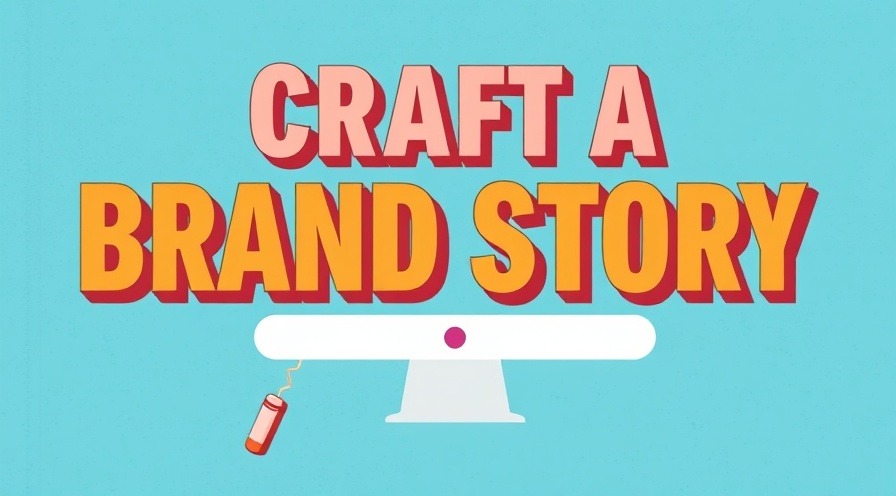
This is a custom HTML / JavaScript Element
In order To See Your Custom HTML/JavaScript Code in Action You Must Click On The Preview Page Button, Your Code is NOT going to be active in the edit mode
Should every brand have multiple logos? Should they have different logos? After all, they are a cornerstone for communicating your identity, enabling recognition among potential patrons and generating revenue. Some say you should have a primary logo and a secondary logo.
At their core, logos are the most essential asset in any marketing effort. Your logo is what people recognize you by; it's what they associate with when they think about your enterprise - this is how your target audience comes to recognize, understand, and appreciate your business.
One of the most frequently asked inquiries I receive as a branding consultant is "How many logos should a brand have?" While everyone has their own answer to this question there are some universal truths that remain true regardless of one's choice on this matter. Let’s address those first.
Start With a Strong Logo
You may be questioning, 'How do I design or choose a new logo?' You can do it on your own or consult with a graphic designer. A succinct design can embody the spirit of your company; one which is instantly recognizable and conveys who you are. While this is all well and good, the true secret to success lies in the domain name.
Never forget that possessing a catchy domain name is an essential component for successful business growth and expansion. Unlocking potential with your domain name will aid you in establishing brand recognition as well as attracting new customers and investors. With just a single word or letter combination, it can become incredibly memorable!
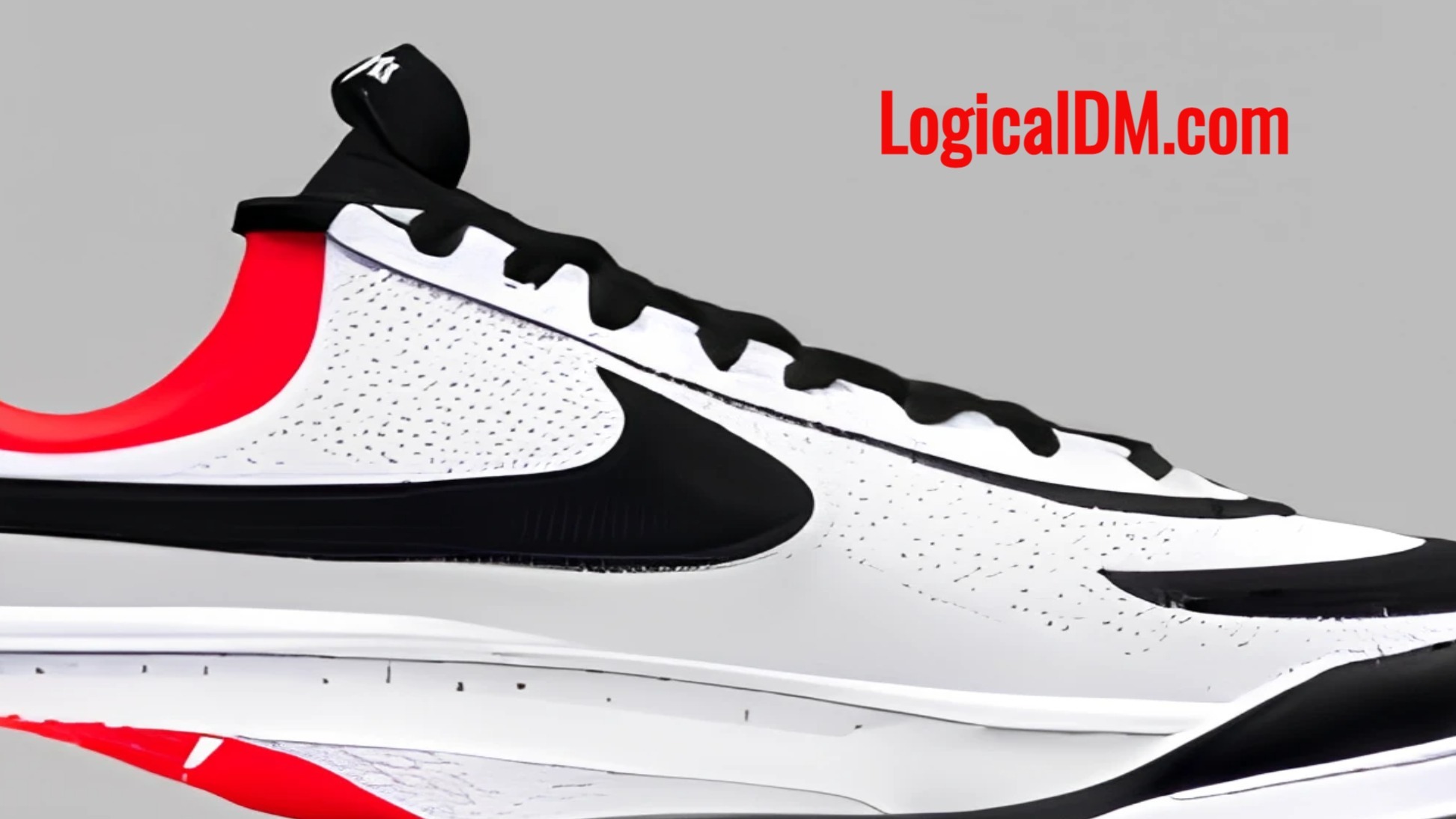
It's amazing how much impact a single word or letter combination can have. Whether it's a company name, logo, or slogan, these simple phrases are powerful tools for creating a memorable identity. A great example is Nike's iconic "Just Do It" slogan. It's only three words, but it has become synonymous with the brand and inspires people to take action. The same is true for logos.
The golden arches of McDonalds, the swoosh of Nike, and even the letter combination "XOXO" are all examples of how single words or letters can be incredibly memorable. With the right combination of creativity, marketing strategy, and consumer research, your business can create an equally powerful identity. When crafting your business's identity, it pays to think small and focus on simplicity. You never know what word or letter combination could become your company's signature.
Keep Logos Simple!
To save valuable space on a website or other marketing material, it can be prudent to limit your logo choices to a solitary design. However, if you're unsure of which ones are most suitable for your brand, consider using several unique variations until finding the perfect fit – just as an artist might create multiple canvases before finally settling on their masterpiece!

If you prefer to keep things simplistic and straightforward, ensure that each of your logos adhere to one basic typeface and sans-serifs are typically the preferred choice. If you'd rather experiment with bolder lettering styles from time to time; maybe even switching between
two or three alternatives - then go ahead! Try different colors in your brand logo to see what is most appealing. Ultimately, whatever suits your preference best should be adopted.
Types of Logos
Logo styles range from simple letter marks to abstract designs. While some may be better suited for certain industries, most are created to express a brand's identity and personality. The most common type of logo is the wordmark, which focuses solely on text. This style emphasizes the name of the company or organization and is especially popular with businesses that want to emphasize their name.
On the other hand, pictorial logos use symbols as their main focus and may not include any text at all. Combination logos mix both words and visuals into one cohesive design, while abstract logos are often shaped around a particular theme but do not necessarily represent anything recognizable in real life.
Wordmark Logos
Text-only logos, often known as wordmarks, are an ideal option for brands who want to retain their unique and memorable name. These typographic designs use a distinctive font to create an eye-catching sense of style and identity that's difficult to replicate - examples include Google and Disney.
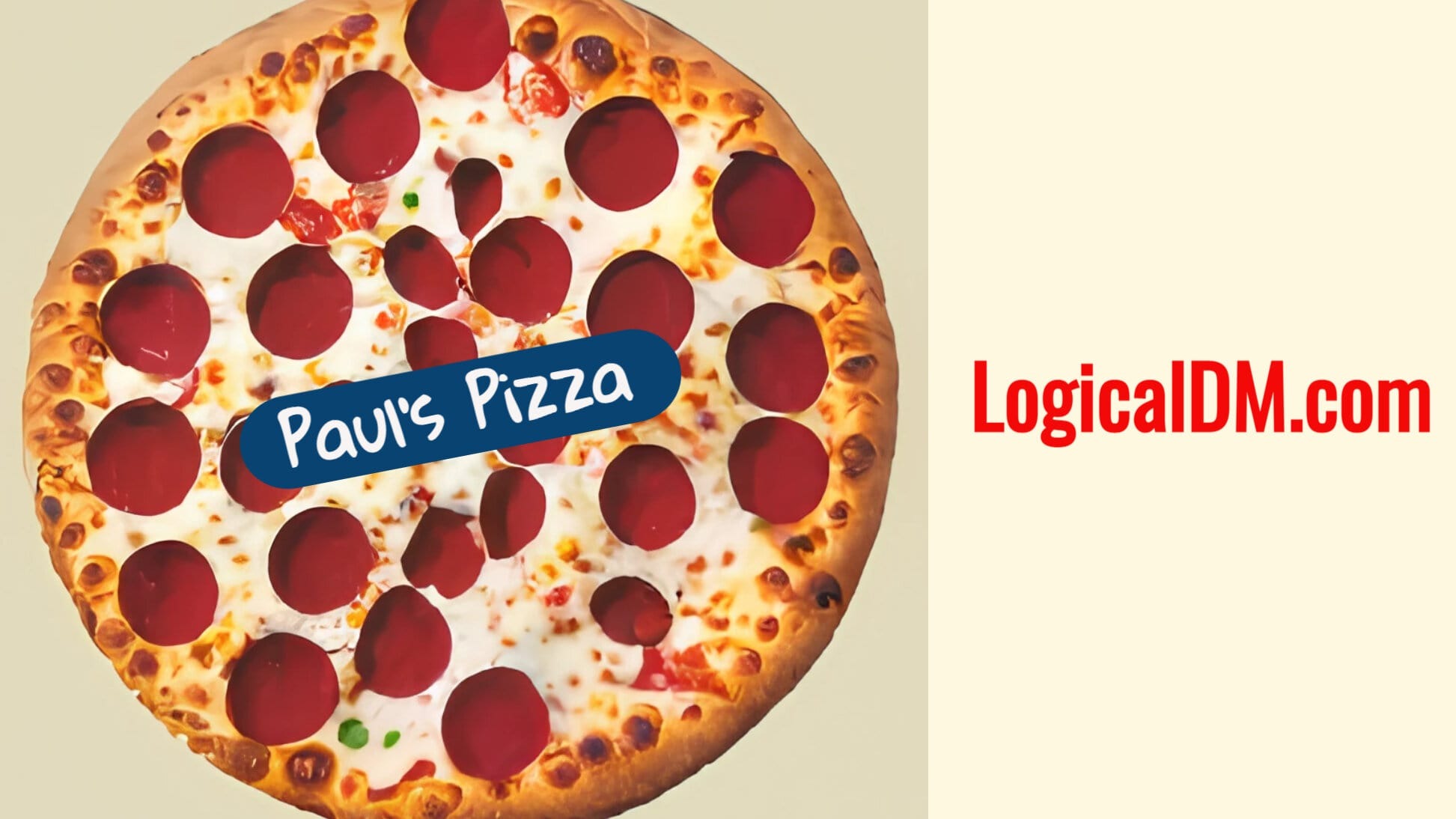
Combination Mark Logos
Symbols and icons are another way to represent your brand. These designs tend to be more easily recognized than text-only logos, making them ideal for new brands that don't yet have a name yet.
They make it simpler for your business to trademark its logo, as people will immediately associate your name with the image or mascot, making it simpler to protect your brand. Furthermore, these types of logos are ideal for companies that plan on changing their business model in the future since they less likely to confuse potential customers.
Emblem Logos
This is a type of logo design that combines both text and a symbol or icon. It typically has the name of the company or organization written in a stylized font, along with a pictorial representation. The text and image are usually combined into one cohesive unit, making it
easily recognizable. Emblem logos can be used to convey an idea or message quickly and effectively. For example, the logo for Nike features the company's name with a swoosh symbol – conveying the idea of speed and movement. This is what the Nike Swoosh does.
Submark Logos
This is a secondary logo that is used in addition to the primary logo. It can be used as a standalone design element and is typically smaller than the primary logo. Submark logos are often used to create visual consistency across different mediums, such as websites, business cards, and social media platforms. Submarks can also be used to represent different aspects of a company or brand without having to use the full primary logo each time.
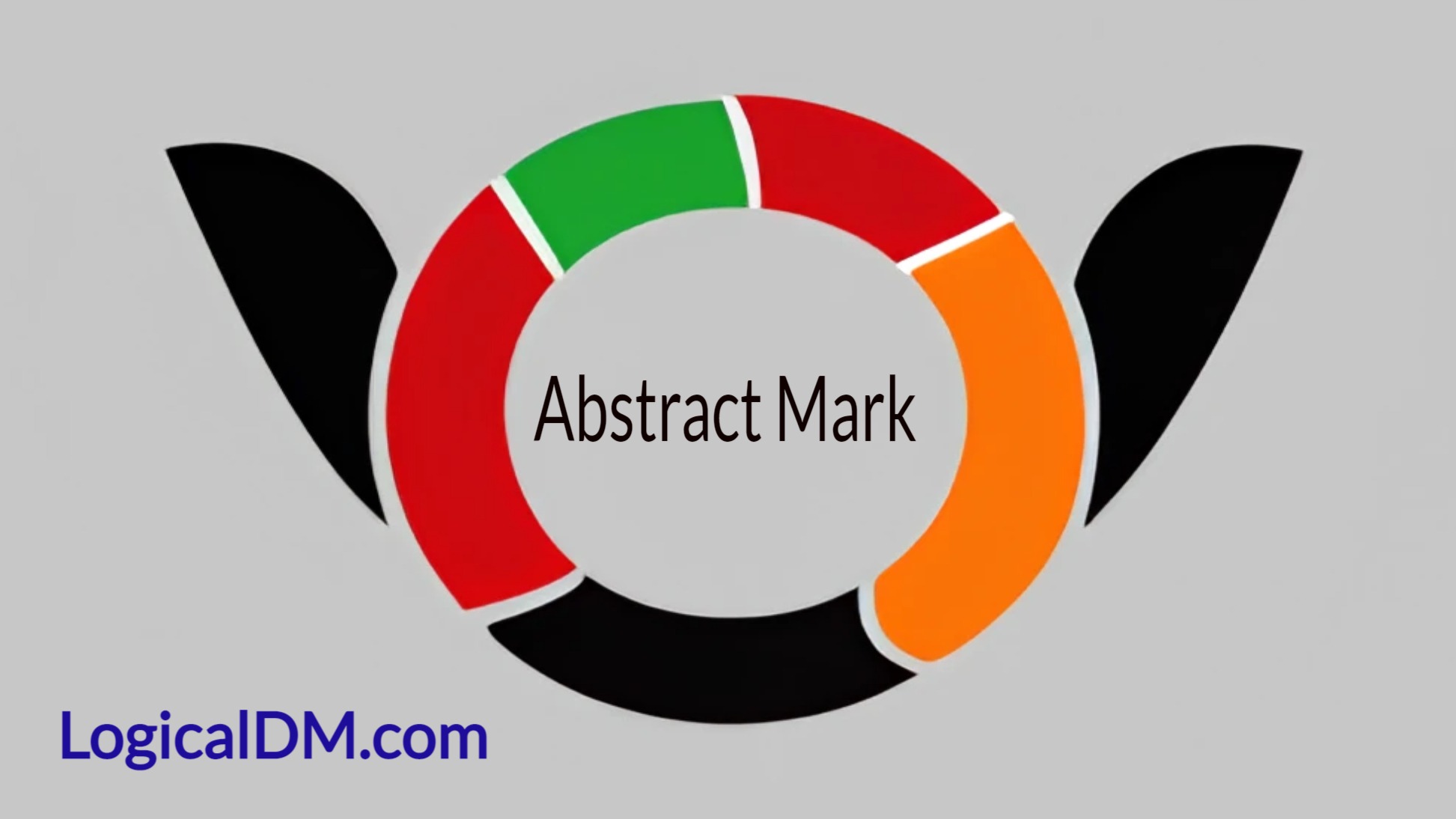
Abstract Marks
Abstract marks are ideal for companies that provide service and technology-driven offerings, as they enable you to express a wide range of emotions without needing a name. Furthermore, abstract marks can benefit businesses with multiple locations or divisions as they help people recognize your logo quickly across all touchpoints.
Where Will You Display Your Logo?
As business owners know, a good logo can be found in many different places. It appears on your website header, social media profile pictures, marketing materials, website footer and business cards; you might even have it plastered across the walls of your office or storefront! But did you know that customers can also use your logo virtually everywhere they go?
They can do this by creating digital versions of it. This could include a vector version for web and print, as well as a version for social media and other digital applications. Additionally, customers can create custom logos with the same design elements that are optimized for different platforms. For example, they could have a logo with a square aspect ratio for Instagram or a vertical version for YouTube channels. Visual elements are powerful.
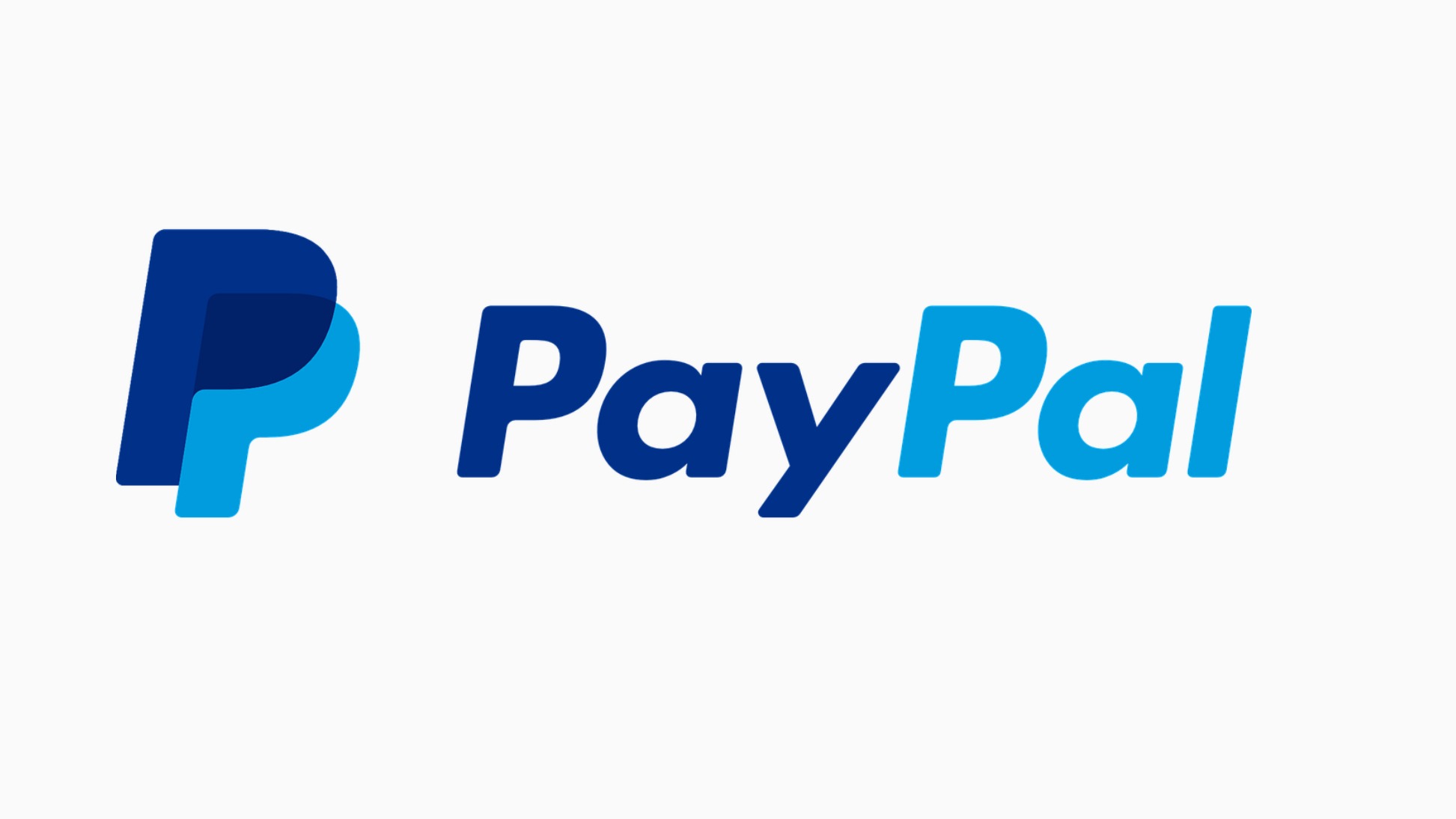
To ensure the logo looks great across all platforms, customers should also consider using color profiles that are consistent across all devices. This will ensure that the colors look the same on both mobile devices and desktop computers. Finally, customers should be sure to use the highest resolution images possible to make sure their logo looks sharp no matter where it's viewed.
Shapes as a Tool for Contrast and Direction
Color isn't the only way to create contrast in design; shapes can also add another dimension, conveying deeper meanings and emotional messages about your brand. Stacked shapes on top of each other can also help create vectors and patterns, giving your logo a more eye-catching appearance. For instance, the stacked triangles in the Yellowstone National Park logo help people associate it with wilderness and adventure. Or the spear head shape as you see in the photo. Dominance is when one visual element of your logo stands out above all others, making it the focal point. This technique can be especially effective when designing complex or unique logo designs.
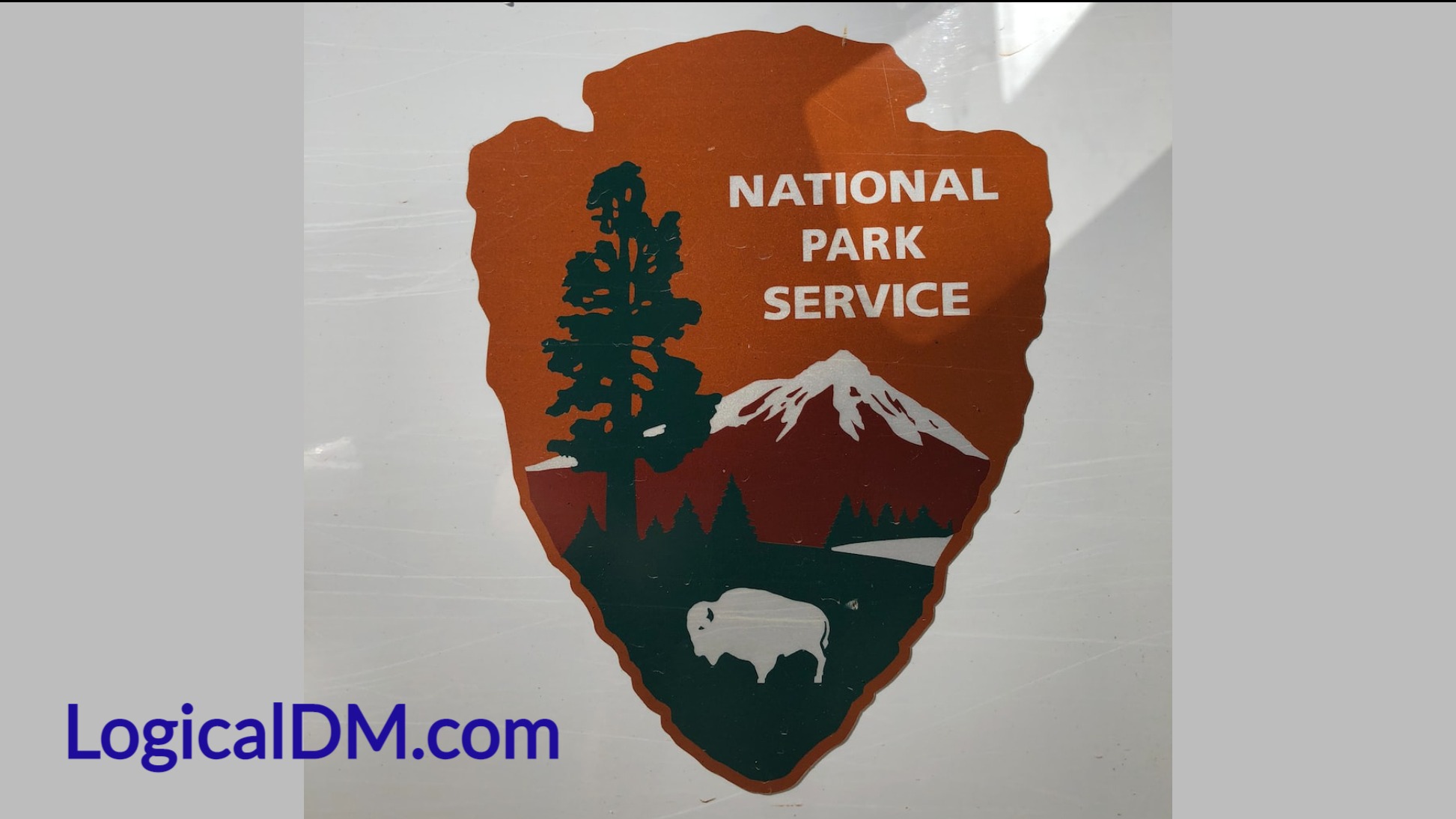
When creating your logo, consider what your business name wishes to convey. Start by understanding their business objectives, goals and values; this information will enable you to craft a design that works well in all scenarios, advises Ready Artwork. Once you have a good grasp on your client's brand and where the logo should go, it's time to start designing.
Decide on a logomark (main wordmark) as well as any additional elements like symbols you would like included in the design. You may need variations of this same logomark for smaller applications like business cards or social media profile photos.
Think of your Brand as One Image
It may sound like an oversimplification to say that a logo should be considered as merely one visual element of a brand; however, this is actually the ideal way for designers and marketers to think about it. Your logo can and should convey a strong brand identity and brand awareness. With regards to advertising, you don't want consumers to see your product or service as anything more than just another ad on their social media feed. Therefore, why would you want them to take things any further when they get the chance to make contact with your company? Leverage the power of one logo to help you communicate with your customers. It's a symbol of what you stand for, a calling card that will uniquely identify its owner.
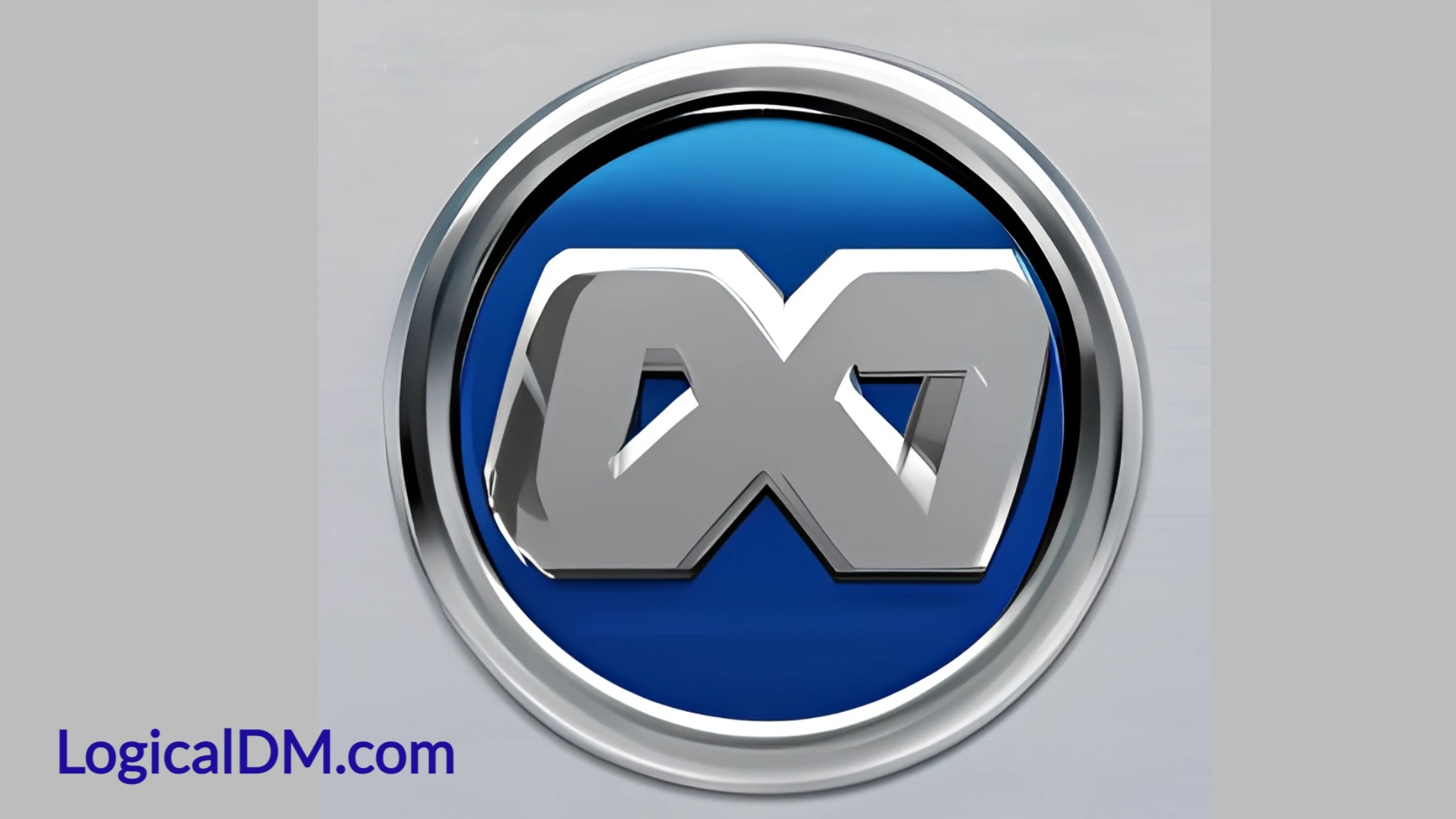
Your Logo Should Be Able to Stand On its Own
When crafting a logo design, it's imperative that it be well-suited to its branding needs - it must be capable of functioning as an integral component of your overall identity. After all, a logo is just a piece of art; however, when we consider the significance and significance associated with this symbol in marketing, we become more discerning when considering options. This point should not be overlooked! It is vital that our logos are distinguishable from one another and familiar to consumers.
Have you ever come across a logo that was stunningly unique? Wondering how they made their design so captivating? Don't fret - this is where true inspiration comes in. If you've experienced such an experience then it can be used as a benchmark for creating even better logos later on!
A well-designed logo is an integral element of branding, helping to foster connections with consumers and cultivate loyalty towards your brand. Logo designs are powerful tools for communicating a company's image, services, and character to the world in one visual that sticks in people's minds. A successful logo design effectively distills these aspects into an iconic representation.
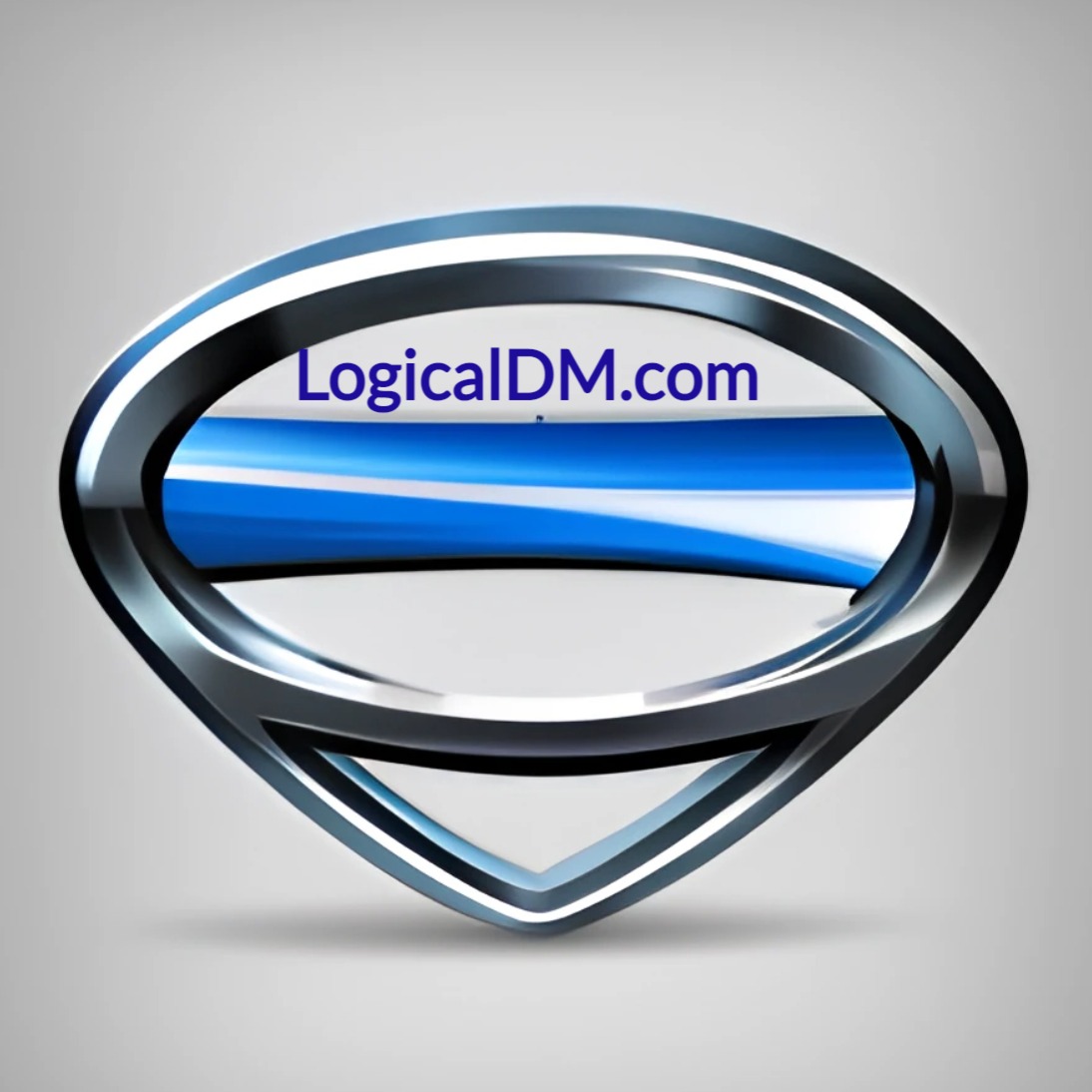
Branding
Logos are an effective branding tool, enabling customers to quickly and easily recognize your brand. As such, logos should be designed with great care and a consistent message in mind. A logo must capture a customer's attention within 10 seconds and be memorable enough that they remember your company name when they need your product or service.
An effective logo design will have that memorability factor as well as be able to communicate your company's core values in an interesting manner. A well-designed logo can help shape a positive perception of your brand and its products or services in the minds of potential customers, leading to higher sales. It also promotes trust and loyalty - two essential ingredients for any successful business.
Reputation
A logo is an effective marketing tool. It helps you quickly connect with consumers, helping them remember your brand and form positive associations with it. Reputation is a complex concept that shapes people's perspectives, choices of products and interactions with others. It
acts as an instrument of social control at various scales - from individual to cooperative settings to countries and civilizations. Reputation is the perception others have of a person or entity based on their actions, character and accomplishments.
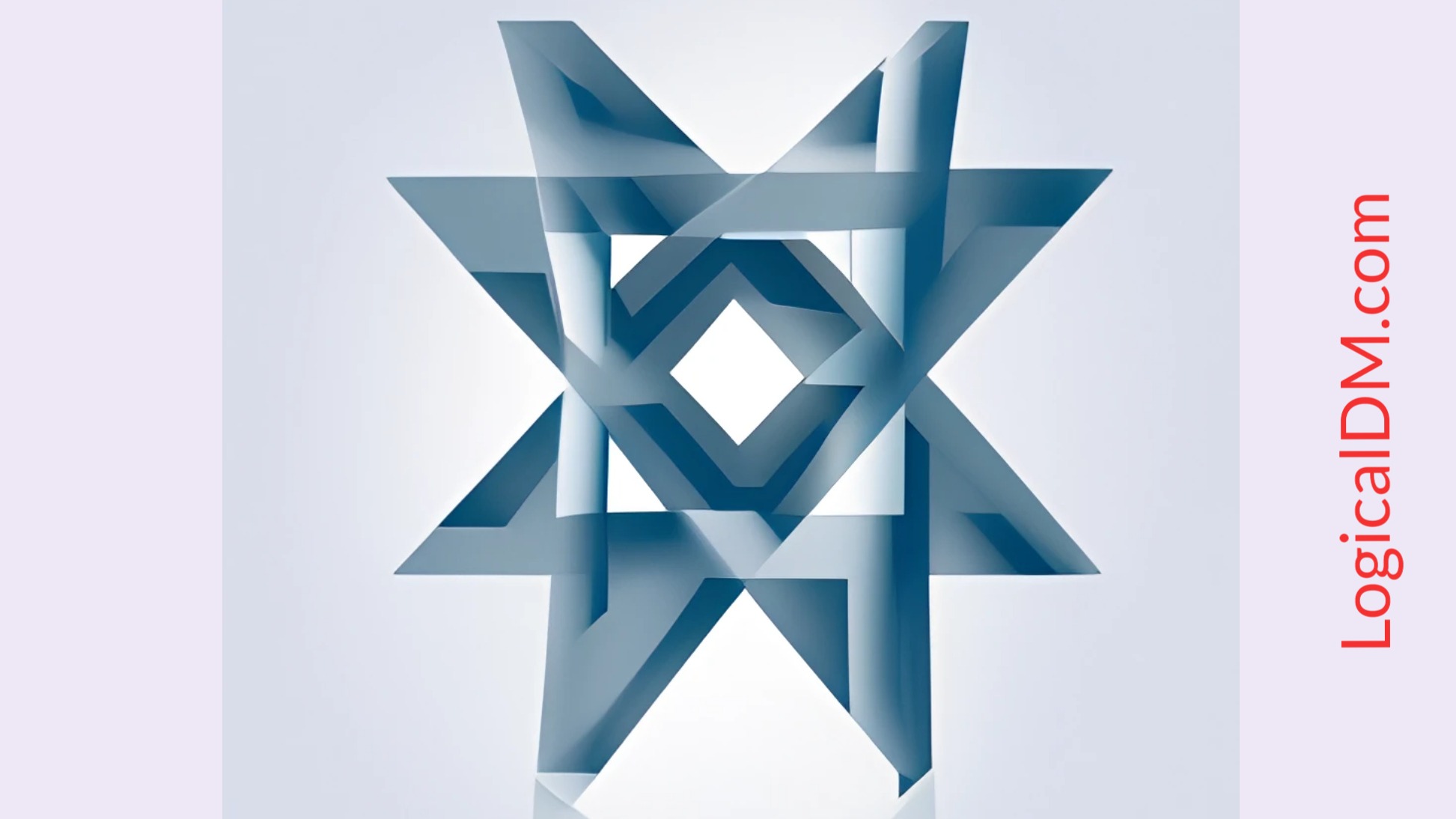
Generally, those with a good reputation are seen as reliable, trustworthy and deserving of respect. Reputation is an integral factor for all businesses, large or small. It helps determine if your company is on track or needs to alter course. Furthermore, reputation plays an integral role in determining your company's profitability and how much money you make.
Symbolism
Logo symbols can quickly and effectively communicate aspects of your brand to potential clients. They could be simple graphics like shapes, colors or icons or more complex designs that encapsulate values, personality traits and voice. Symbols are frequently employed in literature, but they also have a wide range of applications in everyday life and culture.
They help convey abstract thoughts, make subtle adjustments to the text, and add emotional weight to a story. Symbols can be timeless and culturally-relevant, or unique to your company. No matter which category your symbol falls into, make sure it matches up with your brand image and supports the persona it conveys.
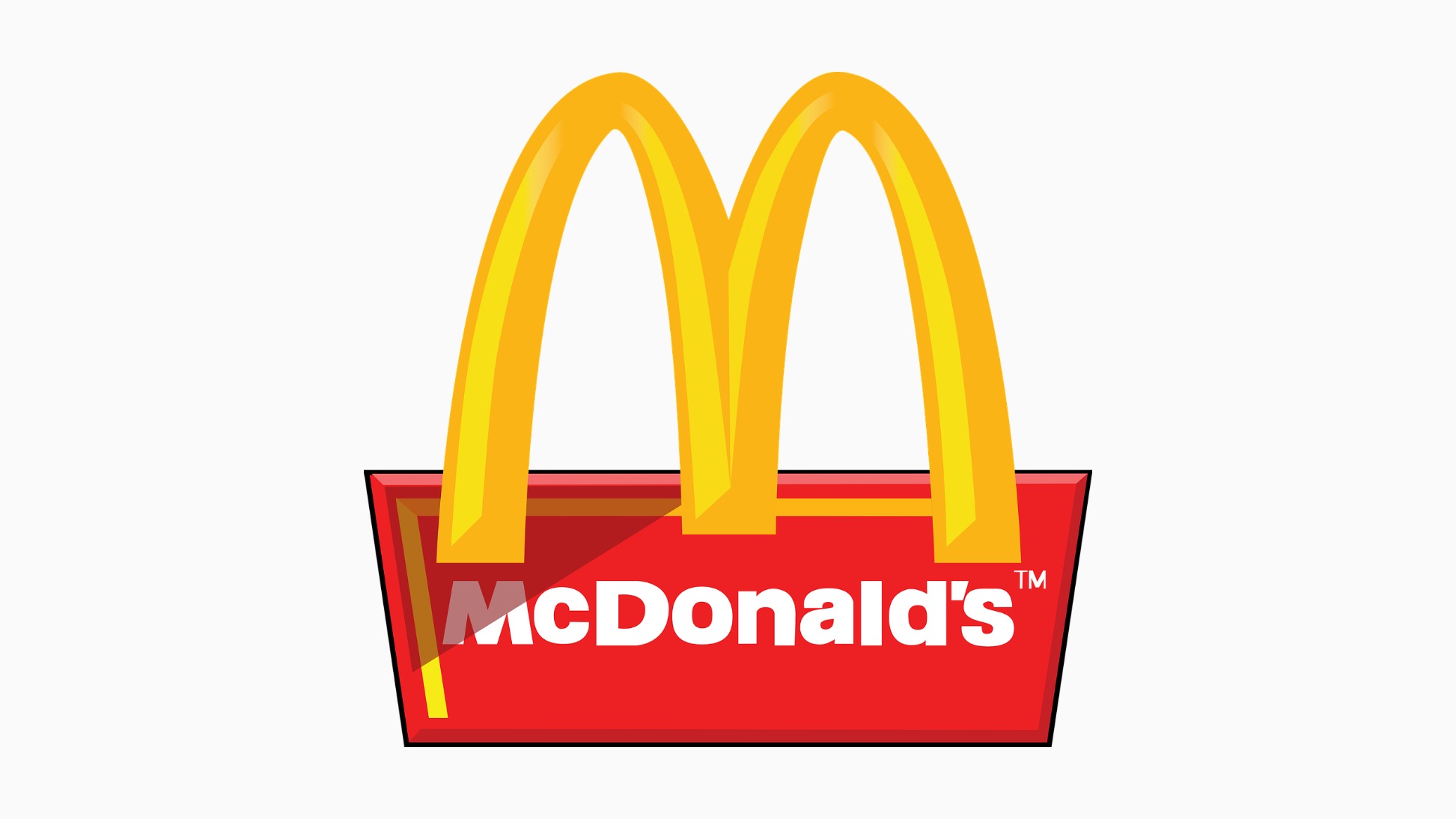
Memories
Logos are visually appealing graphics that prompt positive memories about your company and its products or services, especially in today's busy world where consumers are constantly on the go and distracted by multiple social media platforms. A memorable logo has the power to stay with customers long after they leave your store or service, serving as a powerful marketing tool for years to come. Additionally, it serves as an internal asset that helps promote your brand through company-wide presentations, emails and training sessions.
Memory logos are eye-catching symbols that convey something about your business. While creating such a memorable logo can be challenging, taking time with an online logo maker can make the process enjoyable and educational! Take your time when selecting the ideal design for your venture; that way, you ensure it matches perfectly with your business.
Brands Can Have Multiple Logos but Stick to One Visual Language
In the case of a company, having several logos can be indicative of diversity within its organizational structure. For example, if your business has numerous subsidiaries under one umbrella but utilizes distinct designs for each branch - this could signal that they are operating in an increasingly complex and diversified market. Unifying the visual language of your brand across multiple platforms is not only convenient; it's also highly effective. It signifies that you're unifying all your different enterprises under one 'umbrella' identity, thus creating a cohesive experience for customers wherever they may be.
Don’t Over Do it with Many Different Branding Elements
When it comes to branding, it is essential to keep it minimal. If a business implements too many logos and styles on their website, social media profiles - even stationary - then this may be viewed as an indication of inconsistency; which could cause potential consumers to perceive them in a suboptimal way. On the other converse side, if they stick with just one or two elements that are readily identifiable across virtually all channels of communication-such as while emailing prospective customers-then there will be less room for error.
If you choose to incorporate more than one logo in addition to your primary mark, make sure each one fits seamlessly with the others. Utilize a color scheme that doesn't clash between your different designs and ensure that their typefaces are consistent and distinct. When composing text, be sure to avoid creating visual clashing problems when juxtaposing multiple brand colors or images.
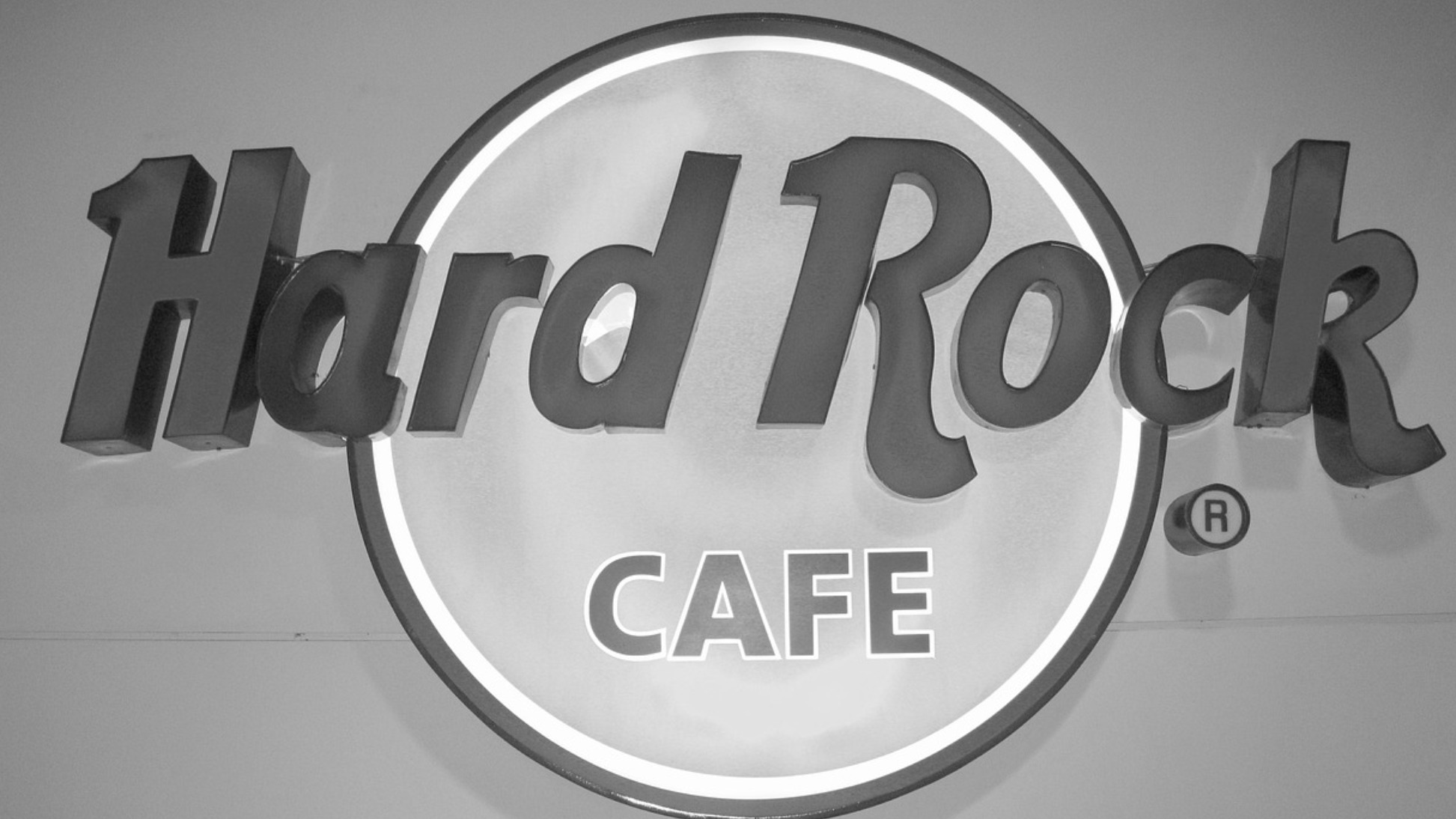
Final Thoughts
The answer to this conundrum is: as few or as many logos as your brand needs but be consistent.
We hope this brief reflection on the issue of logos has provided some insight into why one should be chosen over another or elucidated the rationale behind a particular design. In practice, a primary logo and a smaller, uniform secondary logo may be the maximum you will ever need. Starting out, just get one and expand later if need be. Ultimately, it is up to the individual business owner or entity which logo they opt for; it is simply an aesthetic choice!
For more on branding, be sure to read our article, “Would You Like to Build Brand Awareness Quick and Easily?” Also review our article, " What is a Brand Voice? Why it Matters, and How to Create One". Thank you for reading our blog.
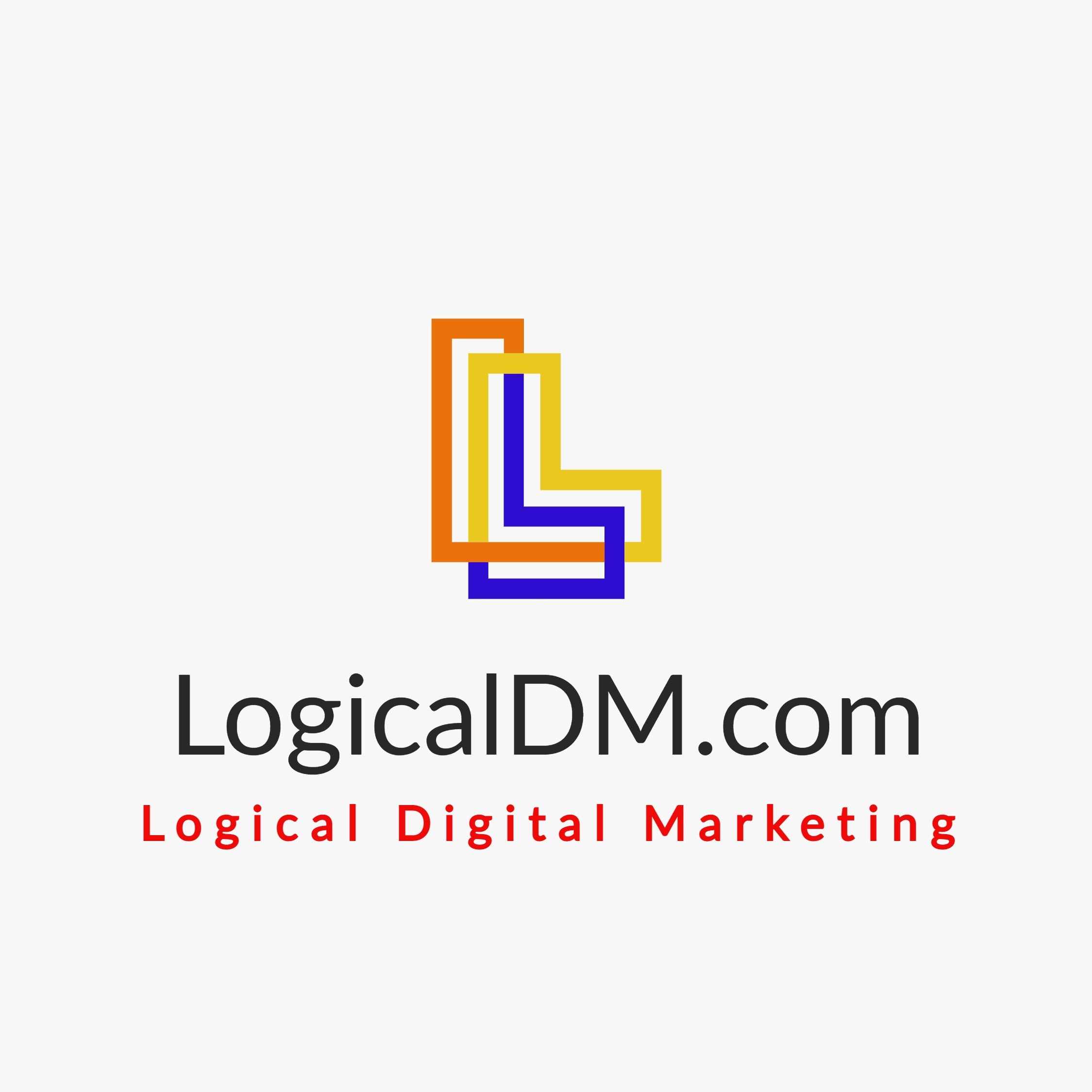
 Add Row
Add Row  Add
Add 